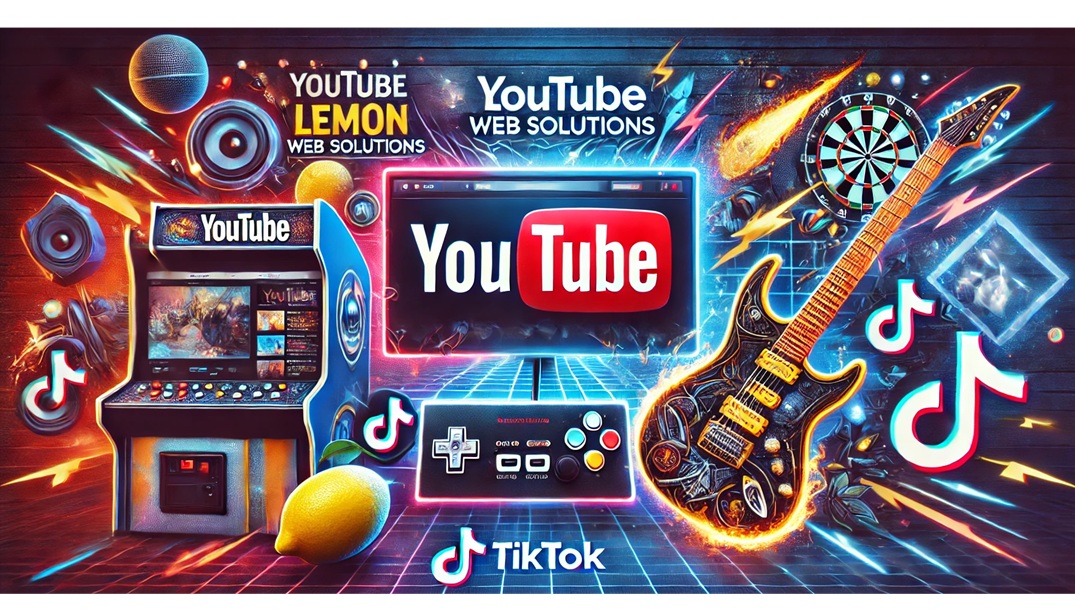Typography plays a significant role in design, branding, and communication, influencing how messages are perceived and interpreted. Over the years, several fonts have emerged as the go-to choices for designers, businesses, and creatives. Here is a list of the top 10 fonts commonly used around the world, along with their unique qualities that make them indispensable in various applications.
Helvetica
Universally recognized for its clean and modern aesthetic, Helvetica is a sans-serif font that has been a favorite among designers for decades. Developed in 1957 by Max Miedinger and Eduard Hoffmann, Helvetica is known for its versatility and neutrality, making it suitable for logos, signage, and web design. Its timeless appeal ensures it remains a top choice for brands like American Airlines and BMW.
Arial
Often considered a sibling to Helvetica, Arial was designed by Robin Nicholas and Patricia Saunders in 1982. This sans-serif typeface is a staple in digital and print media due to its legibility and compatibility with various operating systems. As the default font for Microsoft Office applications, Arial has become one of the most widely used typefaces globally.
Times New Roman
Originally developed for The Times newspaper in 1931 by Stanley Morison, Times New Roman is a classic serif font. Its traditional and formal style has made it the preferred choice for academic papers, official documents, and professional correspondence. It strikes the perfect balance between elegance and readability.
Calibri
Introduced as the default font for Microsoft Office in 2007, Calibri is a modern sans-serif typeface designed by Luc(as) de Groot. Its rounded edges and contemporary look make it ideal for both print and digital applications. Calibri's warm and approachable feel has contributed to its widespread popularity.
Roboto
Developed by Google in 2011, Roboto has become the standard font for Android devices and Google's material design. This sans-serif typeface combines geometric shapes with open curves, resulting in a modern and friendly appearance. Its flexibility makes it a favorite for user interfaces and web design.
Futura
A geometric sans-serif font designed by Paul Renner in 1927, Futura is celebrated for its clean lines and symmetry. Its modernist style has made it a go-to font for advertising, branding, and headlines. Companies like Volkswagen and IKEA have used Futura to convey a sense of innovation and sophistication.
Garamond
Named after 16th-century French type designer Claude Garamond, this serif font is synonymous with elegance and readability. Garamond's timeless design has made it a favorite for book publishing, academic texts, and high-end branding. It evokes a sense of tradition and refinement.
Verdana
Designed by Matthew Carter in 1996, Verdana was specifically created for digital screens. Its wide spacing and simple shapes ensure maximum readability even at smaller sizes. Verdana has become a popular choice for websites and user interfaces, especially for body text.
Georgia
Another masterpiece by Matthew Carter, Georgia was designed in 1993 with the goal of creating a serif font optimized for on-screen reading. Its classic yet approachable style makes it suitable for blogs, news websites, and digital publications. Georgia offers a balance of tradition and modernity.
Open Sans
Commissioned by Google and designed by Steve Matteson in 2010, Open Sans is a humanist sans-serif typeface. Known for its neutrality and readability, Open Sans is widely used for websites, mobile apps, and corporate communication. Its popularity stems from its clean, professional look and excellent scalability.
In conclusion, these fonts have not only stood the test of time but have also shaped the way we communicate visually. From the digital dominance of Roboto and Open Sans to the timeless elegance of Times New Roman and Garamond, each font offers unique qualities that cater to various needs. Designers and businesses continue to rely on these fonts to create impactful and effective designs, ensuring their relevance for years to come.






Comments